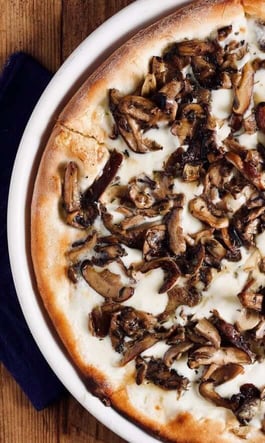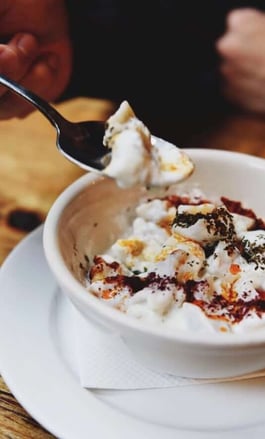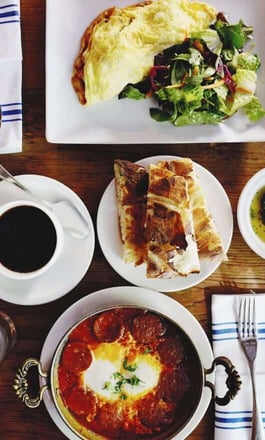What Do Mediterranean Cuisines Have In Common?
Mediterranean cuisine is much more than a perfect excuse to put olive oil on everything — it’s also a wonderful way to stimulate metabolism and get healthy. Known for its simple combinations of produce, cheeses, oils, and savory meats, Mediterranean cuisine also combines the elements of multiple cultures surround the Sea — and their culinary delights.
Historically, Mediterranean cuisine has always been an exchange of culinary culture, dating back to ancient populations. The cultures’ proximity to the water created rich soil and an ideal agricultural climate, allowing for the growth of numerous crops. The location of the Mediterranean region also created the perfect space for trading, which added even more variety to the crops, produce, and spices available to civilizations. Less ideal, but equally influential, were the constant shifts in power through warfare that allowed for the wider distribution of a variety of methods and recipes.
Since the climate of the Mediterranean region was balmy and mild, vegetables in particular thrived — which is why the cuisine is so focused on rich, colorful produce adorned with olive oil and a select combination of spices. Simplicity and flavor are key elements, but it’s the quality of the ingredients themselves that really hold up a dish. Of course, olive oil is the centerpiece of any authentic Mediterranean dish. Since olive trees are so prevalent in the region, the oil is a necessity to the cuisine, and can be used as both a dressing and as a base to cook things in.Meat — when it’s used — is usually expertly grilled and, again, prepared without great adornment. Since the hilly and rocky terrain of the region doesn’t allow for large herds of cows, goats, or lamb, the Mediterranean diet has learned to go without. This makes the addition of meat to a dish particularly luxurious and rich. Seafood is most commonly used in the place of meats — as it’s much easier to drop a line into the ocean and go fishing for one of the millions in the sea than it is to rear and care for livestock in the region. Herbs and spices are equally essential to an authentic Mediterranean dish, especially basil, thyme, and oregano.
In terms of grain, no meal is complete without the addition of a pita flatbread, which is often served with a variety of vegetable and yogurt-based sauces and dips. In some regions, rice may be served alongside a main course, particularly if meat is served. For dessert, fruits traditional to the area, in particular the most popular, dates, are a favorite. Expect honey and a variety of nuts to be included in many cooked deserts, which are often pastry-based.Though there are subtle differences from region to region, the heart of Mediterranean cuisine comes down to the simple combination of fresh, often home-grown and humble ingredients that are adorned in olive oil and served with a helping of pita bread.






